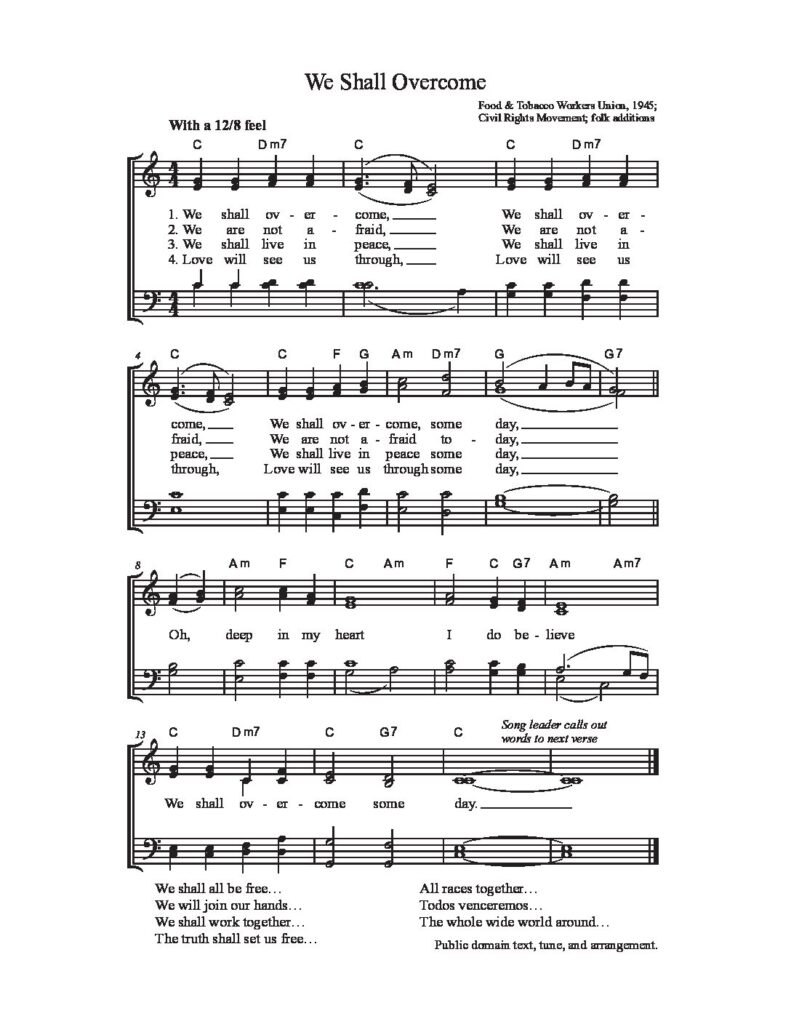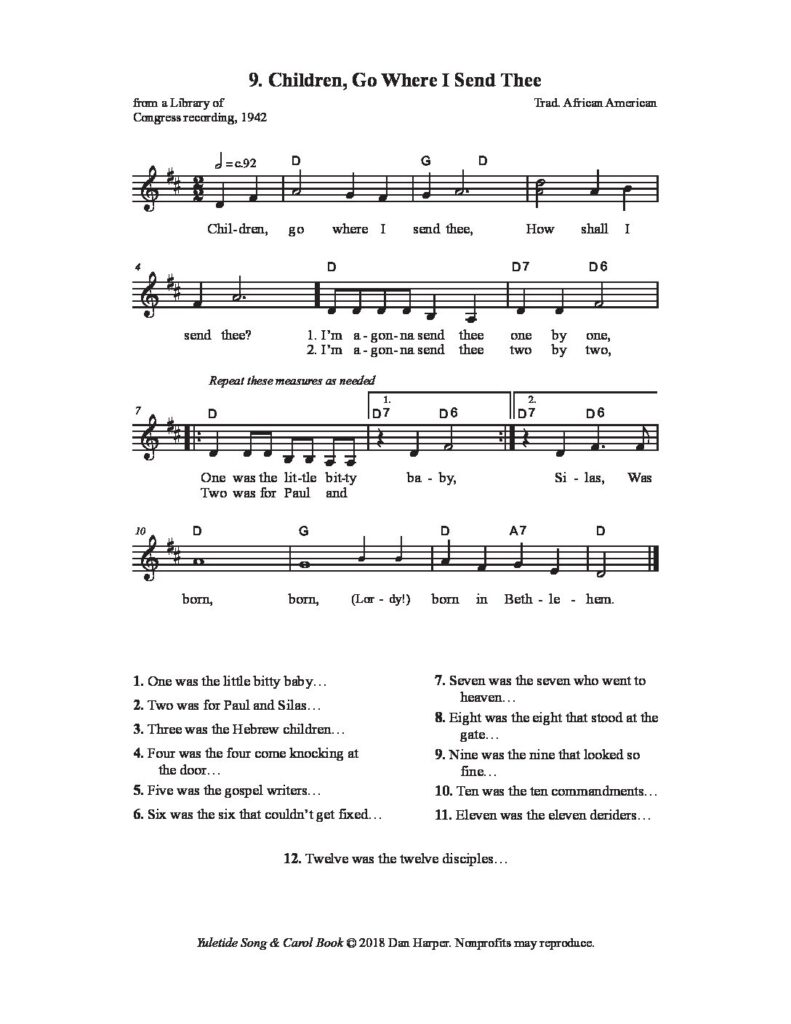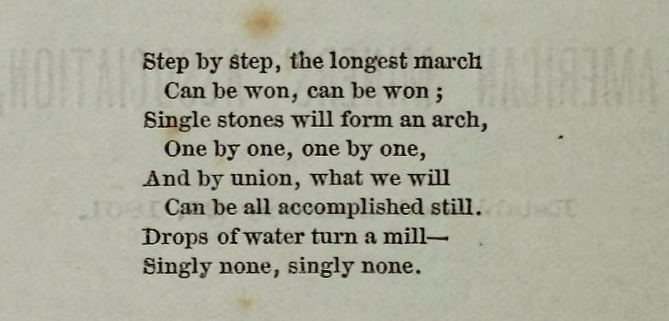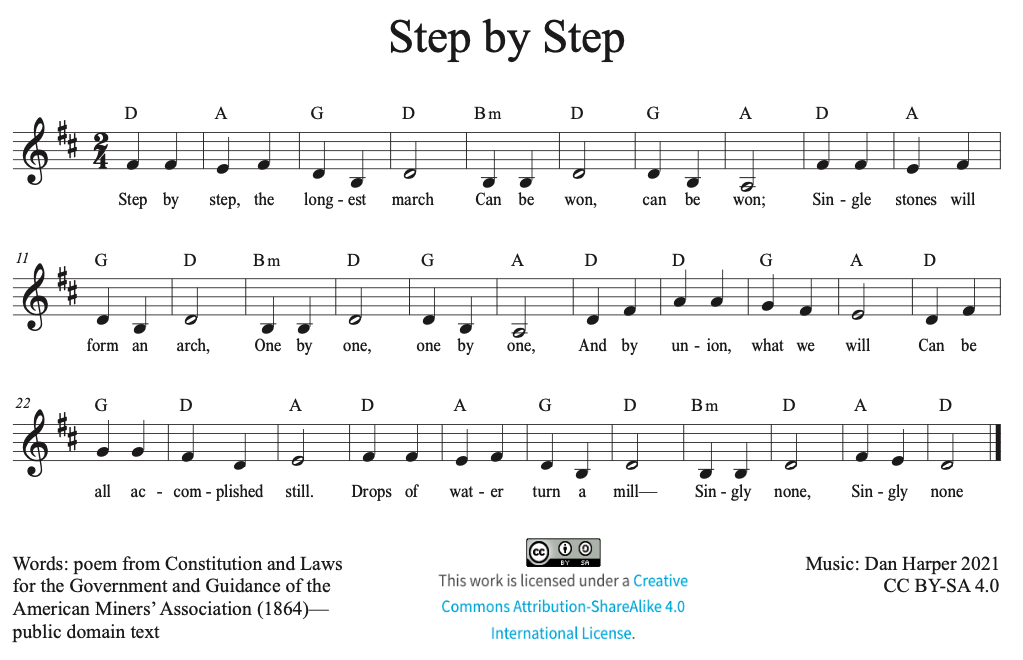I believe the UUA’s “Copyright & Permissions for Hymn and Reading Use in UU Worship” may incorrectly lists two hymns as public domain or fair use.
Jubilate Deo, hymn #393 — words and music are stated to be “fair use or public domain.” The words clearly are in the public domain. However, the music is covered by copyright. Hymnary.org lists Jacques Berthier as arranger, and shows a scan of a page from a recent hymnal, Ritual Song (2016), that give the following copyright information: “Taizé Community, 1990, © 1978, 1990, Les Presses do Taizé, GIA Publications, Inc., agent.” I think it’s pretty clear that this song should not be used in recordings without permission from the Taizé community.
Rise Up O Flame, hymn #362 — words and music are stated to be “fair use or public domain.” The earliest reference I can find of this song is in the book Sing Together published by the Girl Scouts in the U.S. in 1936; there, the song is “used by permission” and credited to the Kent County Song Book from 1934, which was printed in England for the Girl Guides. Sing Together credits the music to Christoph Praetorius, and it’s quite possible the music is by Christoph Praetorius, or more likely was arranged by someone else from his work. However, the English-language words are surely a translation or adaptation, and may be protected by copyright.
Both these songs have been widely reprinted and recorded, including by major publishers, so you can probably get away with including them in recordings of your congregation’s worship services. But if you want to record “Jubilate Deo,” you really should get permission from the Taizé community. As for “Rise Up, O Flame,” it seems that it was copyrighted at one point, but it’s not clear if the copyright applied to the U.S., and if so, whether the copyright was renewed; proceed at your own risk. Besides, as an ehtical issue, we should respect the moral rights of composers and authors.
This shows that there are indeed errors in the UUA’s “Copyright & Permissions for Hymn and Reading Use in UU Worship.” You have been warned.
Update: In their songbook Rise Up Singing, Annie Patterson and Peter Blood state that “Rise Up O Flame” is in the public domain. They are far more careful at researching copyright than the UUA, so I’m inclined to trust them on this. Plus, no one has sued them for copyright infringement in the decades that songbook has been in print. (And by the way, they do in fact credit “Jubilate Deo” to Jacques Berthier of the Taize community.)




